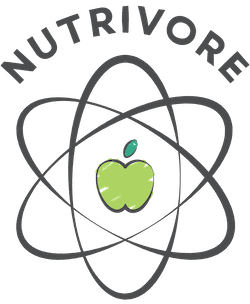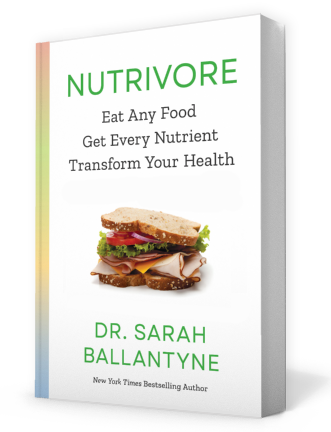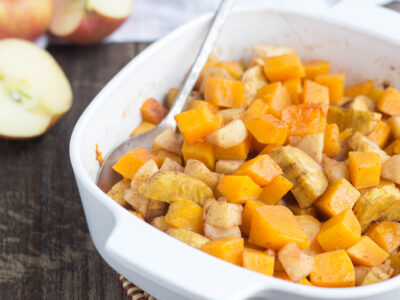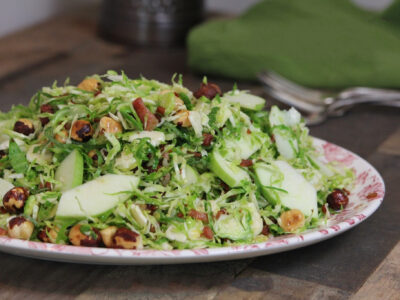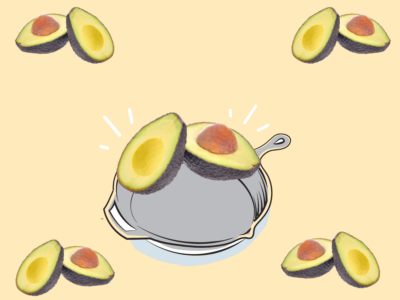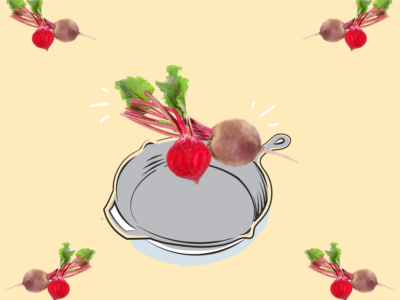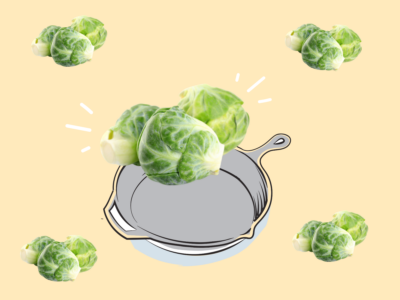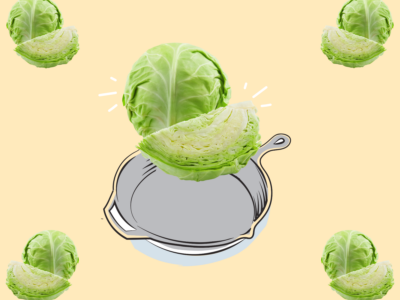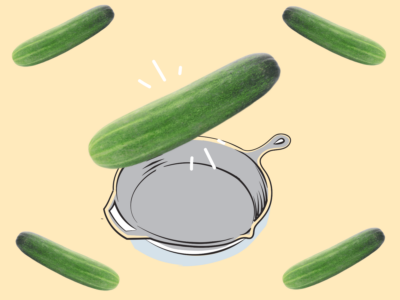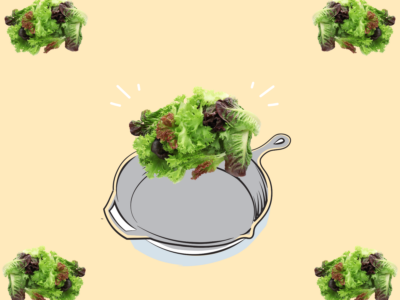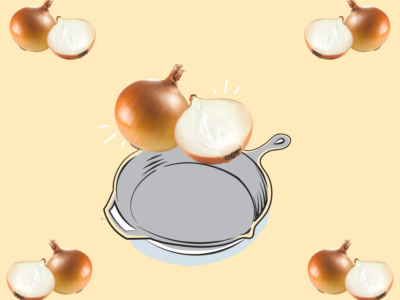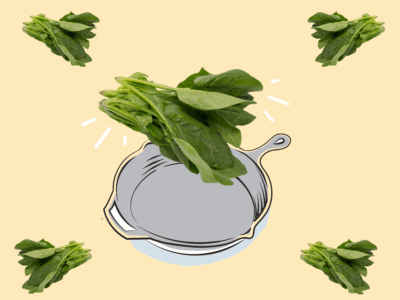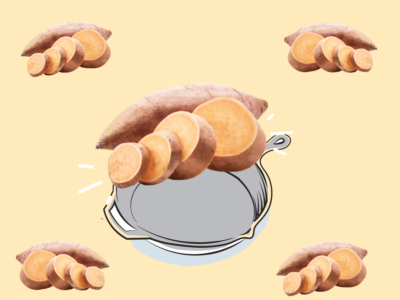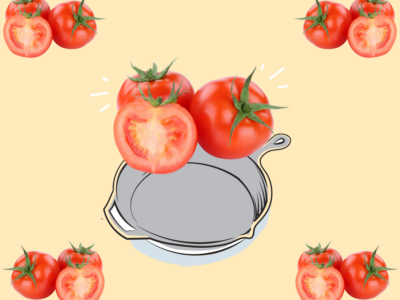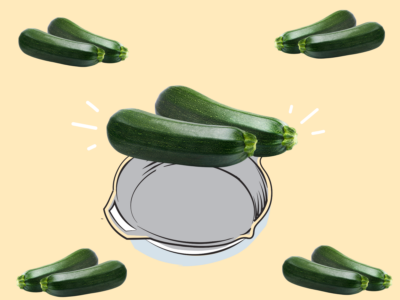Table of Contents[Hide][Show]
In the Kitchen+−
- Almonds in the Kitchen
- Avocado in the Kitchen
- Beets and Beet Greens in the Kitchen
- Broccoli in the Kitchen
- Brussels Sprouts in the Kitchen
- Cabbage in the Kitchen
- Celery in the Kitchen
- Cucumbers in the Kitchen
- Lettuce in the Kitchen
- Onions in the Kitchen
- Spinach in the Kitchen
- Sweet Potatoes in the Kitchen
- Tomatoes in the Kitchen
- Zucchini in the Kitchen
Nothing beats sinking your teeth into a fresh, crunchy, juicy apple—whether your favorite is Granny Smith, Honeycrisp, or Golden Delicious. I’d say there’s no better portable snack food—well, maybe bananas (they do have a built-in wrapper)—but there’s so much more you can do with this amazing, versatile fruit!
Apples are the ultimate multitaskers in the kitchen. They work beautifully in both sweet and savory dishes, and whether you’re cooking with fresh apples straight from the grocery store or the results of a weekend apple picking trip, there are endless ways to eat apples.
Sweet Apple Recipes
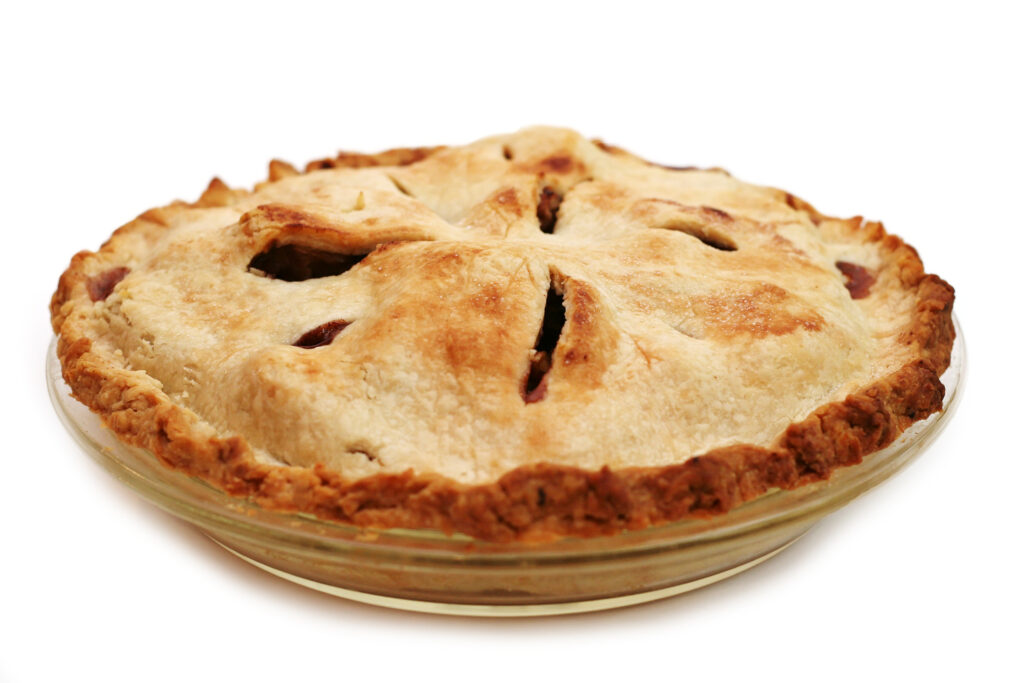
We all know and love the classic apple desserts: apple pie, apple cake, apple muffins, fritters, apple crumble, and apple crisp but apples can do even more in the dessert department. Think: baked apples stuffed with brown sugar, pecans, raisins, and spices, served warm with a scoop of vanilla ice cream. Or try apple cinnamon waffles topped with maple syrup and a dollop of Greek yogurt. Apples also shine in simpler treats like apple compote, apple chips, and of course, homemade applesauce.
If you’re looking for wholesome snacks, try serving apple slices with peanut butter or almond butter, or layering them into a parfait with yogurt, oats, and chopped nuts. These options are not only tasty but packed with fiber, polyphenols, and other beneficial antioxidants—making a strong case for that old saying: an apple a day keeps the doctor away.
Savory Apple Dishes

Apples aren’t just for dessert! They’re a great addition to savory meals. Use chopped apples to brighten up an apple salad, or seasonal slaw, or add thin apple slices to grilled cheese or turkey sandwiches for an unexpected crunch. Apples also work beautifully in stuffing, roasted with vegetables, or blended into a soup. They are a favorite accompaniment to pork and work well in sausages or patties.
Try roasted apples as a simple side dish—toss with olive oil, cranberries, rosemary, and a pinch of sea salt. Or sauté them with butter and herbs for a cozy fall topping for pork chops or roasted chicken.
When presented with a surplus of apples, there are so many great options for preserving all that ‘apple goodness’ for a later date – apple butter, jam, jelly, or sauce. You could also make home-made apple chips (fried, dehydrated or baked), cider or juice. The possibilities are endless!
Baking with Applesauce
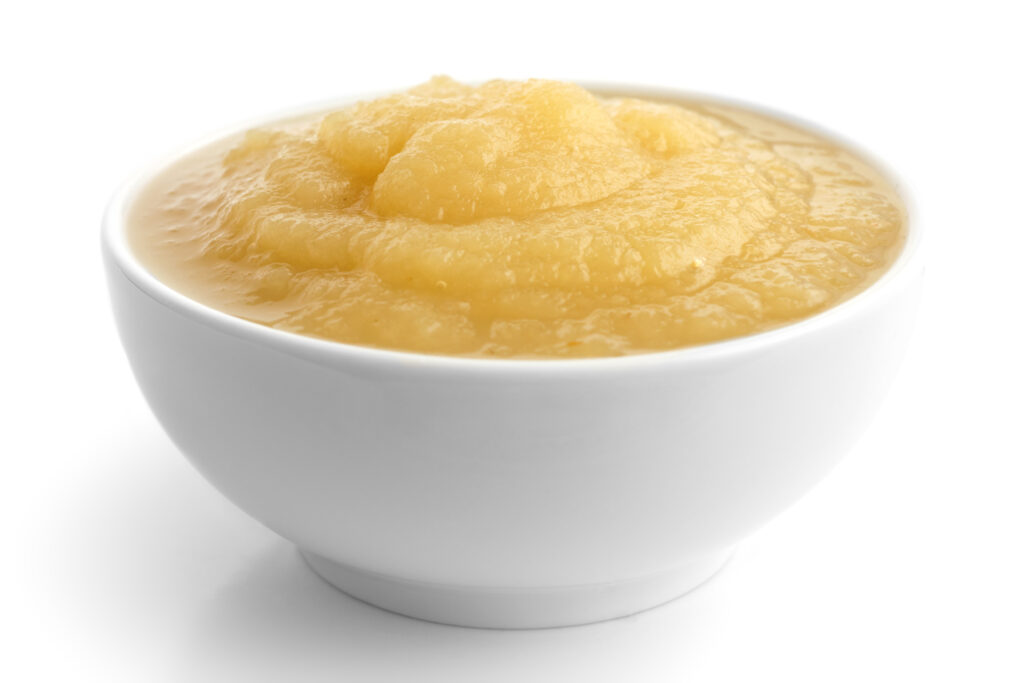
Applesauce isn’t just a snack—it’s a baker’s best friend! Apples are naturally high in pectin, a fiber that gives them thickening and binding power (pectin is added to jams to make them gel). Applesauce also adds moisture making it a great binder for cakes, muffins, brownies, coffee breads, and so on. It also has a fairly mild flavor that can be hidden by other ingredients.
Chunky applesauce (fork-mashed rather than blended) adds texture to muffins and coffee cakes, while smooth applesauce gives baked goods a smoother texture. Applesauce can even be used as an egg substitute. For egg-free baking, simply substitute 1/3 cup of applesauce per egg. Who knew apples were so useful?
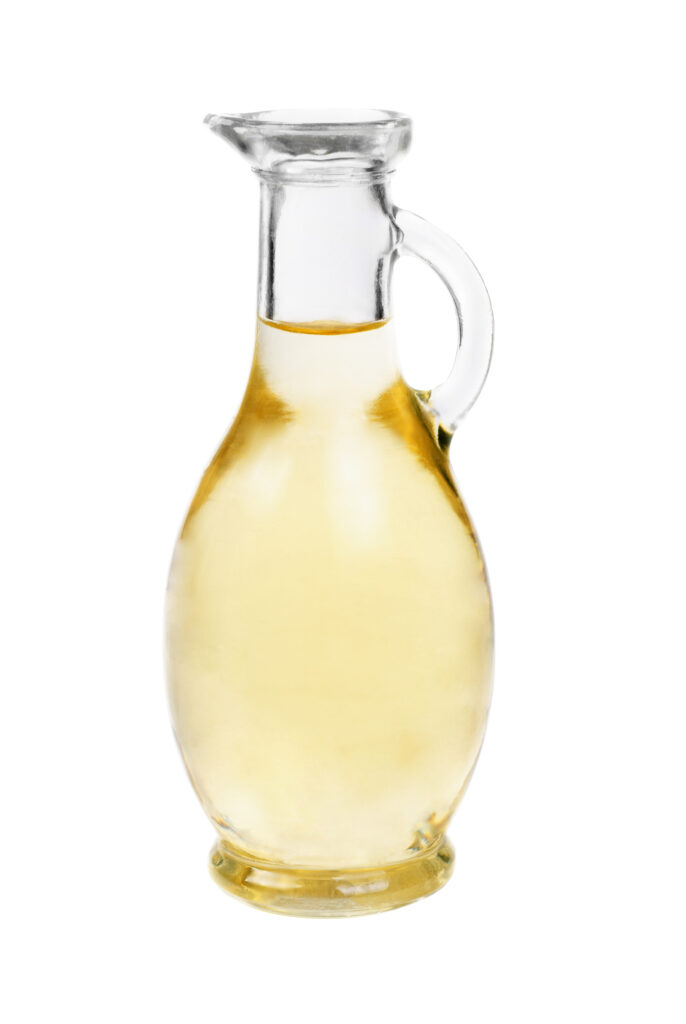
Apple Cider Vinegar
Apple cider vinegar is made from fermenting apple cider. Apple cider vinegar works great in a vinaigrette, for dressing salads or veggies. Simply combine 1/3 cup apple cider vinegar with 1/2 cup olive oil or avocado oil; mix in salt and pepper or add your favorite chopped herbs and voila! Not only does it taste great but there are many health benefits associated with this fermented food – what’s not to love?
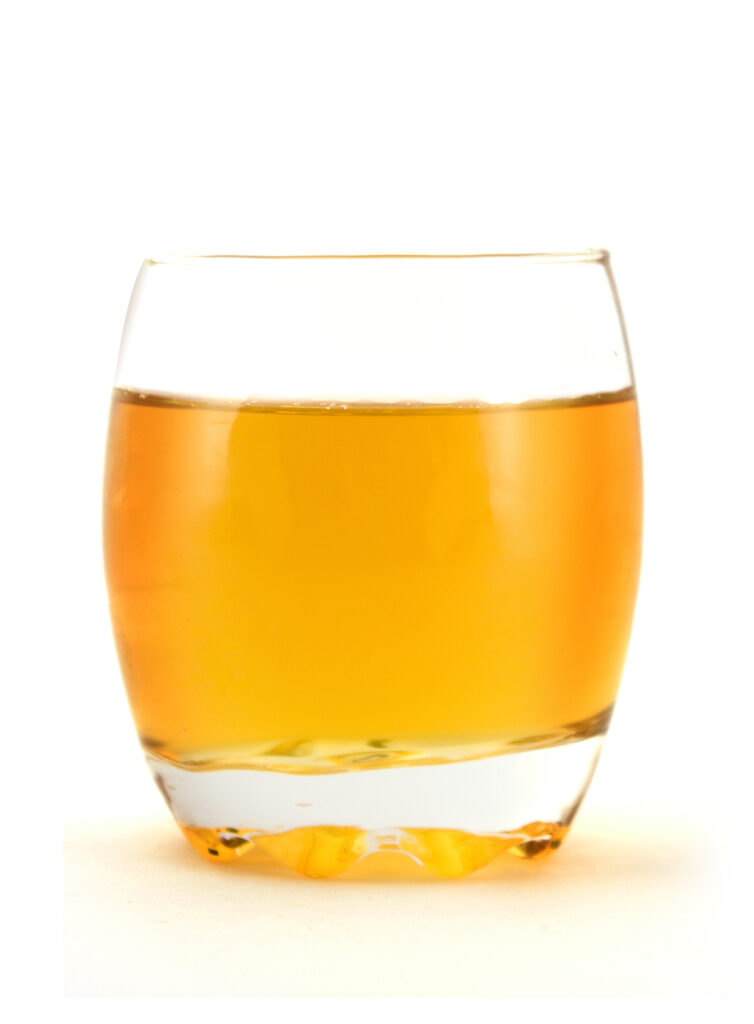
Apple Juice
Apple juice is as American as—well— apple pie! To make apple juice, apples are milled or pressed; the juice is then consumed unfiltered (referred to as apple cider) or filtered, which can be consumed as-is or concentrated and frozen for later reconstitution with water.
And while there’s no denying that apple juice is a staple, when it comes to getting the most nutrition, nothing beats the whole apple—especially when you eat it with the peel, since so much of the polyphenol content and fiber is concentrated in the apple skin. Juicing removes fiber and many of the phytonutrients bound up in the fruit’s cellular structure, including essential vitamins, minerals, and antioxidant phytonutrients. The truth is, when you juice, you lose some of the beneficial compounds you could have consumed by simply eating the whole fruit.
Apple Recipes
Looking for inspiration? Try my favorite apple recipes:
In the Kitchen
If you’re looking for inspiration on how to prepare some of your other favorite foods, check out these posts!
